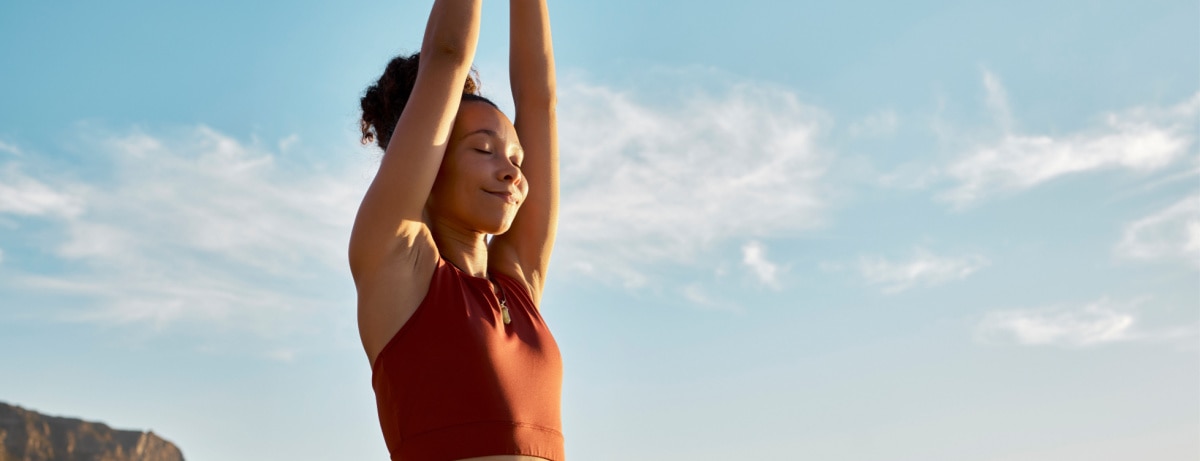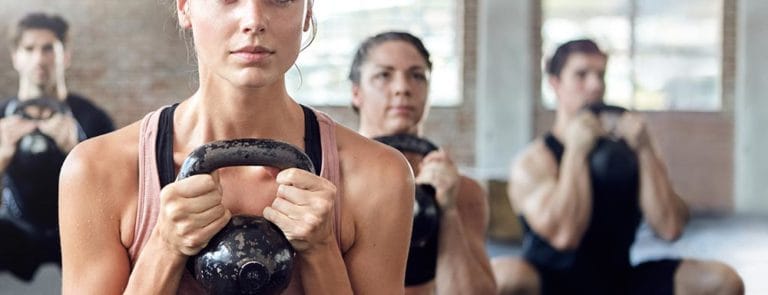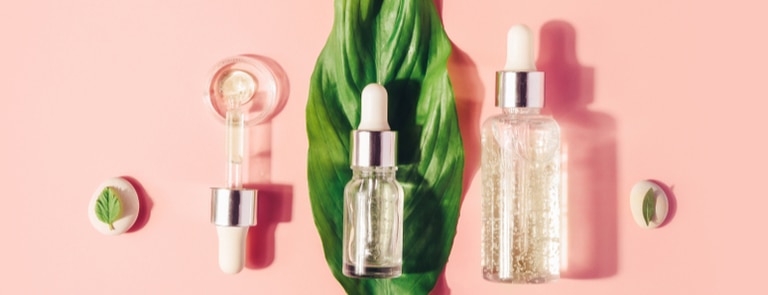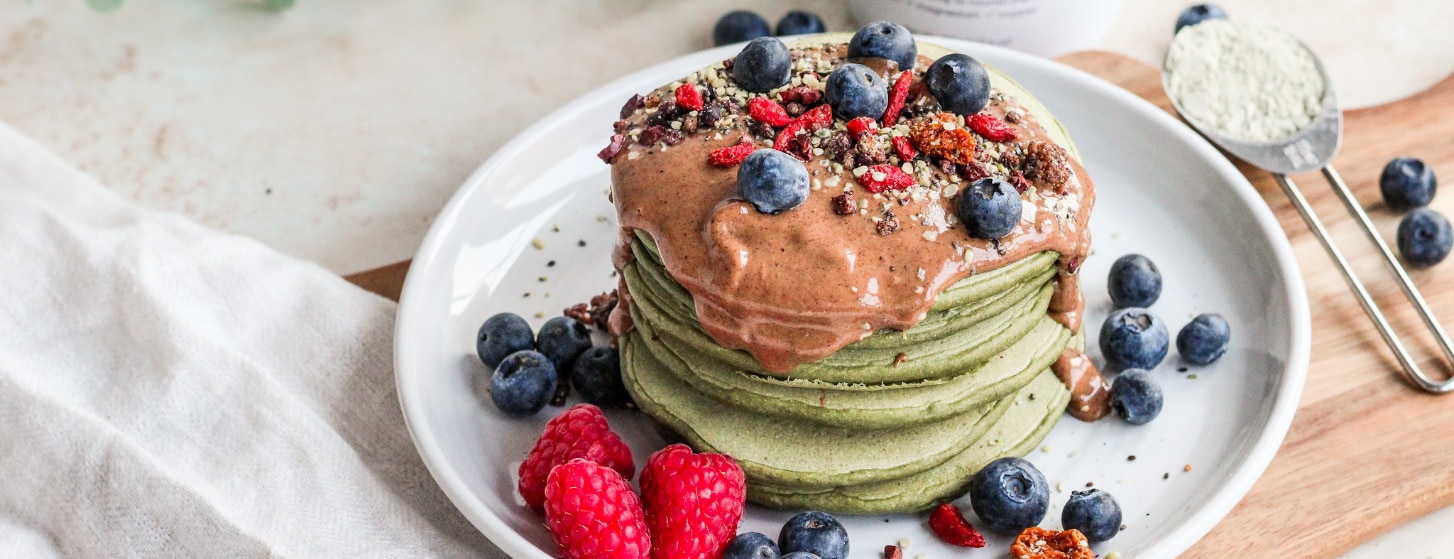10% off £35
How to work out during the heatwave

Ready, sweat, go! How to work out during the heatwave
Being warm while you exercise can have some benefits. It’s why hot yoga is so popular!
But it’s much easier to overexert yourself in hot weather and the effects can be seriously dangerous.
As temperatures climb, it’s time to think about two things: staying safe and preparing for some seriously sweaty gym clothes.
Skip to: What’s the danger? | Hot weather tips | The final say
Exercise in hot weather: What’s the danger?
You could become seriously dehydrated, which affects your ability to regulate your temperature and puts pressure on your heart.¹ You risk heat illness like heat exhaustion and heatstroke, which at worst can be life-threatening.
It’s still possible to stay active during a heatwave, but you should always put your safety before your workout routine. However, there are some changes you can make to reduce your risk...
Hot weather top tips
1
Switch your schedule
Value your sleep? Sorry – staying cool might have to take priority.
Work out at sunrise if you can, as it’s the coolest time of day. Sunset is good, too, though the residual heat from the day means it’s a little warmer than in the morning.
Either way, avoid the warmest hours (usually between 11am and 3pm). If you’re exercising at night, let someone know where you’ll be, dress for visibility, and ditch the headphones so you can hear what’s going on around you. Even better, find a workout buddy.
You might also want to switch up the type of exercise you do. Workouts like HIIT and circuits come in short bursts, allowing regular breaks for water and rest.
Or try swimming indoors. Doesn't a dip sound perfect right now?
2
Make friends with YouTube
Or Instagram. Or your online workout of choice.
Basically, there’s a wealth of free indoor workouts you can follow to stay out of the heat, even if you don’t have a gym membership.
Try searching for:
-
The type of exercise (HIIT, weight training, or yoga, for example)
-
The length or intensity
-
The skill level
Exercise in the coolest space you can, with a fan if possible, and keep plenty of water nearby.
3
Don’t underestimate a walk
Just getting your steps in is a form of exercise. Take a slow stroll and enjoy the weather. And be sure to wear sunscreen (SPF 30 or more is ideal) and avoid the hottest hours of the day.²
Pick somewhere with plenty of shade and bring lots of water (more than you think you’ll need). Even if it’s not your usual style, it’s a potentially safer way to stay active than high-intensity workouts.
4
Take things gradually
Start with lighter exercise or work out more slowly than usual. After a few days, you may be able to increase slightly as you get used to the heat and understand your tolerance. But it’s not worth pushing the limits.
Try not to see this as a step backwards. Record-breaking temperatures aren’t the time to focus on PBs!
You should take longer rest periods, too – so it’s not all bad.
5
Eat workout-friendly foods
Eat before you exercise, but leave plenty of time for digestion before you head out. This can be tricky if you’re going for an early-morning workout, but the right snack can help you stay energised when you need it most.
In very hot weather our body sends more blood towards our skin so it can cool down. The body also doesn’t need as much energy to maintain its core temperature, so metabolism slows down a little. This is why you might lose your appetite when it’s hot outside.³
Fibre and complex carbohydrates (found in whole grains, wholemeal bread, and vegetables) are considered good for our energy levels because they take a long time to digest. They provide longer-lasting energy throughout the day and help prevent a “crash” later on.⁴
If your appetite won’t stretch to a full meal, something lighter, like some fruit or a protein shake, will help you stay fuelled for your workout.
6
Dress for the heat
It’s natural to want to wear as little as possible in the heat. If a sports bra and shorts keep you cool, go for it!
But light, loose layers also work. Instead of making you hotter, the right clothes can shade your skin from the heat.
Look for sweat-wicking materials which don’t hold as much water weight. Instead of soaking into clothes, your sweat can evaporate away. Mesh panels offer an extra way for your skin to breathe, too.
Loose clothes will reduce your risk of chafing and sweat rash. And wear a hat to shield your face, eyes, and head from the sun.
Handpicked content: How to prevent chafing
7
Stay hydrated...
The NHS says you should drink 6-8 cups or glasses (1.5-2 litres) of fluid a day.⁵ However, they recommend drinking at least 2 litres during a heatwave.⁶
Remember to drink enough before your workout, not just during. If you’re dehydrated when you start exercising, your heart needs to work harder to do its job.¹
A sports drink may help replace electrolytes if you’re doing long or intense activity. But water is fine, too!
Food also makes up about 20% of our total hydration.⁷ So, add hydrating foods like fruit and veg to your meals. And who needs the excuse for an ice lolly?
8
… and cool down properly
Don’t forget to round things off with some cool-down stretches. Then, grab a cold drink and head for somewhere shady or air-conditioned.
If you want a shower, don’t go straight for the cold water! Start lukewarm and gradually bring the temperature down.
Never jump straight into bodies of cold water like lakes or the sea, even if you feel hot. Even healthy adults and proficient swimmers can drown from their bodies going into shock.
Once you’re home, switch on a fan and enjoy.
9
Use sun protection
Sunscreen is for life, not just for hot days!
It’s especially important to make sure you’re wearing an SPF of at least 30 and topping up every 2 hours (sooner if you’ve sweated a lot or used a towel).² It’s worth investing in a sweat-proof sunscreen if you’re exercising outdoors.
Handpicked content: UVA, UVB, & SPF: What’s the difference?
10
Check in with your body
Watch out for signs of heat illnesses like heatstroke and heat exhaustion. It’s easy to confuse them with signs of fatigue, like dizziness or muscle cramps, while you’re working out.
Stop immediately if you feel ill and get yourself to a cool place. Keep drinking fluids and cool your body down with ice packs or splashes of water.
Get urgent medical help if you don’t feel better after 30 minutes, as it could be an emergency.⁸
The final say
With a few adjustments, you can still get moving this summer. But follow all weather warnings and keep things gentle.
Soaking up the sun? Read some more guides on sun safety below.
- https://www.bupa.co.uk/newsroom/ourviews/hydration-exercise
- https://www.nhs.uk/live-well/seasonal-health/sunscreen-and-sun-safety/
- https://www.bbcgoodfood.com/howto/guide/how-eat-heatwave
- https://www.nhs.uk/live-well/eat-well/food-types/starchy-foods-and-carbohydrates/
- https://www.nhs.uk/live-well/eat-well/food-guidelines-and-food-labels/the-eatwell-guide/
- https://www.leedsccg.nhs.uk/news/stay-safe-and-well-in-the-heatwave/
- https://www.mayoclinic.org/healthy-lifestyle/nutrition-and-healthy-eating/in-depth/water/art-20044256
- https://www.nhs.uk/conditions/heat-exhaustion-heatstroke/
The advice in this article is for information only and should not replace medical care. Please check with your GP or healthcare professional before trying any supplements, treatments or remedies. Food supplements must not be used as a substitute for a varied and balanced diet and a healthy lifestyle.
Last updated: 22 June 2023














